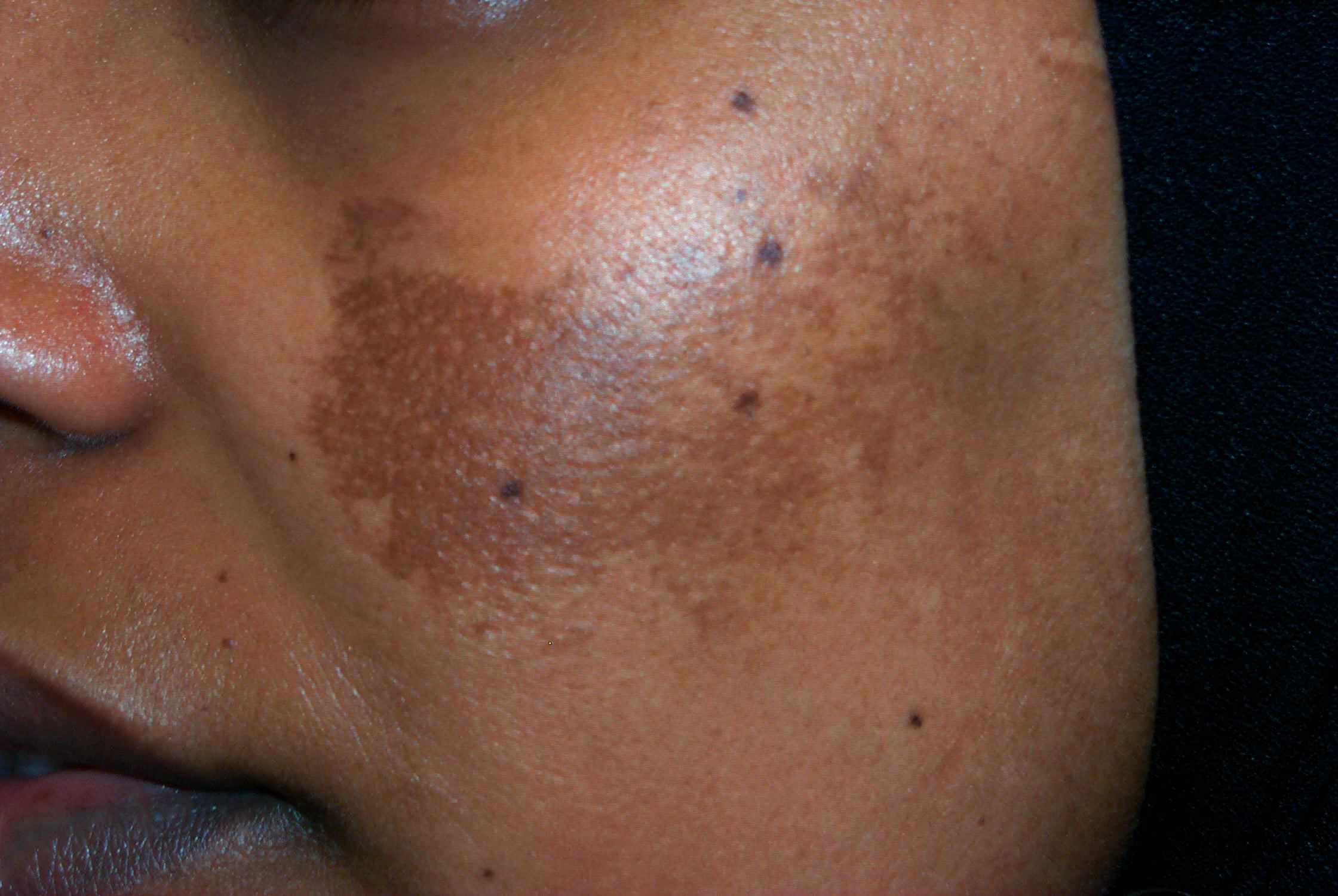Melasma is a condition in which areas of the skin become darker than the surrounding skin, according to drugs.com.
This is also called hyper-pigmentation that basically occurs on the face, particularly the cheeks, forehead, and above the upper lip.
These dark patches often appear on both sides of the face in a nearly identical pattern, it said.
The darker-colored patches of skin can be any shade, from tan to deep brown.
Melasma, particularly, occurs in women than in men, and usually is associated with hormonal changes.
These dark patches mostly develop often during pregnancy, or if a woman is taking hormone replacement therapy or oral contraceptives.
During pregnancy, it is relatively common.
The most important factor in the development of melasma is exposure to sunlight.
Using medications that make you sensitive to the sun can increase one’s risk of developing melasma.
These can include some cosmetics and medicines used to treat ovarian or thyroid problems.
Therefore, protection from the sun is a necessary part of treatment of melasma.
Symptoms
Darker patches of skin appear on the cheeks, forehead, temples, or above the upper lip.
Diagnosis
A doctor will diagnose it simply by looking at your skin. Your medical history will help to determine any factors that may have caused the disorder.
Expected Duration
The dark patches typically last until the pregnancy ends in a woman or you stop taking the hormonal medications and protect from the sun.
The patches gradually fade over many months.
Prevention
The best way to prevent melasma is to limit skin exposure to the sun. If you go out in the sun, take these preventive measures:
Wear a hat to shade and protect your face.
Apply sun block to vulnerable areas.
Use sunscreen that protects against both ultraviolet A and ultraviolet B radiation.
Treatment
As hormones stabilize, the dark patches fade. Women who develop this as a result of pregnancy see the patches fade months after the baby is born.
(Source: www.drugs.com)









Comment